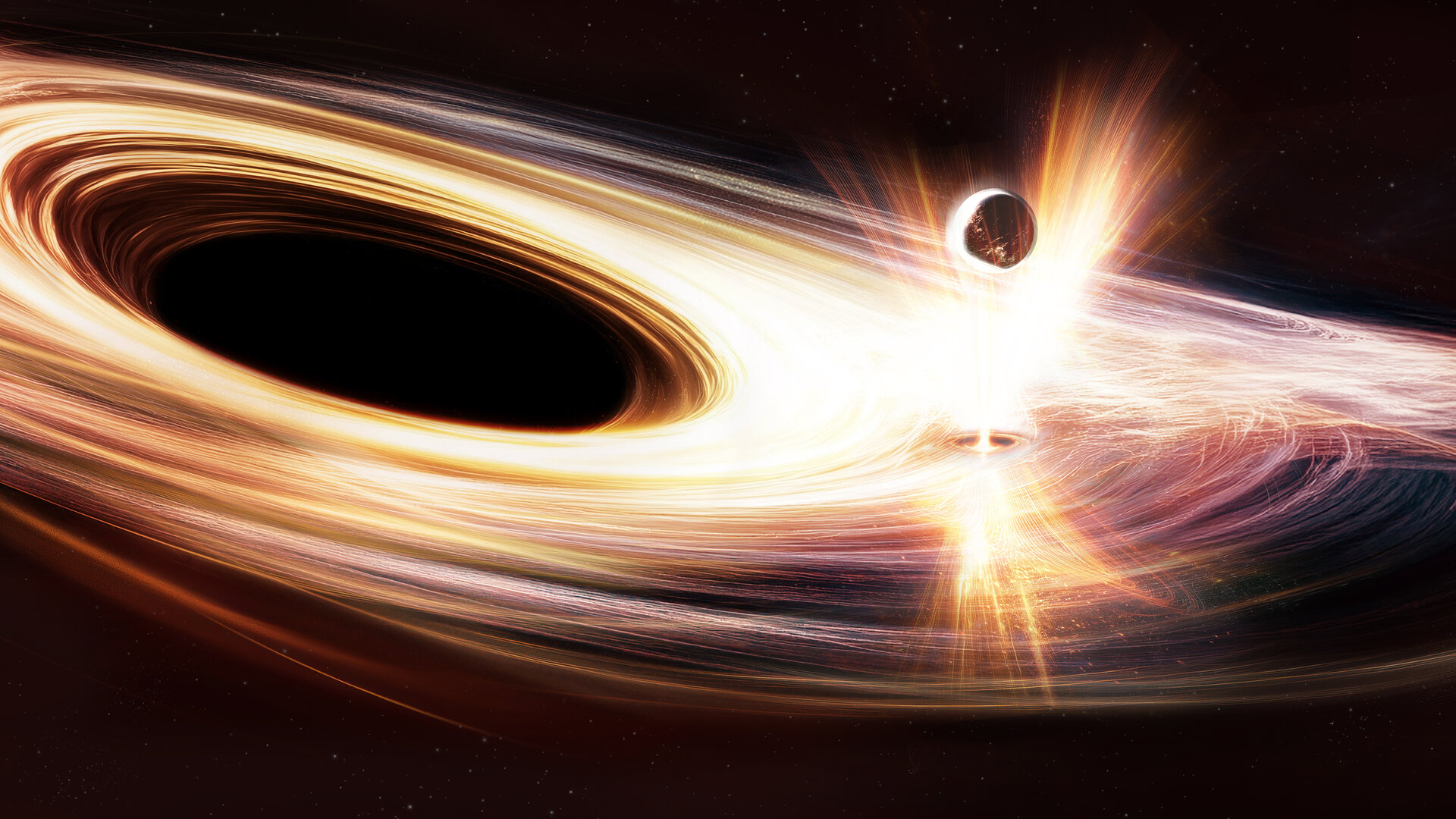An international team of researchers has observed the awakening of a dormant supermassive black hole. The data collected has shed light on the nature of these space giants.
The black hole is waking up
At the centers of most galaxies are supermassive black holes, whose mass is millions of times greater than the solar mass. Their study is complicated by nature. Contrary to the common perception that black holes constantly “devour” matter, in reality these gravitational monsters can spend long periods of time in a dormant, inactive phase.

That’s exactly what happened to the black hole at the center of the distant and unremarkable galaxy SDSS1335+0728, located 300 million light-years away from Earth in the constellation Virgo. After sitting dormant for decades, it suddenly woke up.
The first signs of activity appeared in late 2019, when the galaxy began to glow brightly. Studying it for several years, the scientists concluded that the unusual changes they observed were probably the result of a sudden “turn-on” of the black hole — its transition into an active phase. The bright central region of the galaxy has been named “Ansky”.
Mysterious black hole behavior
When astronomers first saw Ansky glow in optical images, they began studying it in other electromagnetic bands. Initial observations made with the Swift and eROSITA telescopes showed no evidence of X-rays. But then, in February 2024, Anski began producing bursts of X-rays at nearly equal intervals.

Such a phenomenon is known as quasiperiodic eruptions (QPE). The mechanism of their origin remains a mystery and astronomers have never observed them in a black hole before. To unravel the nature of QPE, the researchers engaged the XMM-Newton X-ray telescope. Its data made it possible to determine how much energy is released during another burst.
The results surprised the astronomers. Previously, they assumed that QPEs are related to the process of stellar collapse. Its matter forms an accretion disk around the black hole, with which some other object, such as another star or a small black hole, then interacts.
However, in the case of Ansky, scientists found no indication that the black hole had destroyed the star. Therefore, the research team considered other options. According to one scenario, the accretion disk around the black hole may be formed by gas captured from its vicinity rather than a collapsed star. In this case, the X-ray bursts may come from high-energy shocks in the disk triggered by a small celestial body repeatedly passing through it and disrupting the rotating material.

According to the researchers, the X-ray bursts from Anski lasted ten times longer and were an order of magnitude brighter than those from conventional QPEs. This calls into question existing models of their occurrence. Scientists concede that the bursts are related to gravitational waves. In this case, they can be picked up by the gravitational-wave observatory LISA, whose launch is planned for the next decade.
According to ESA


